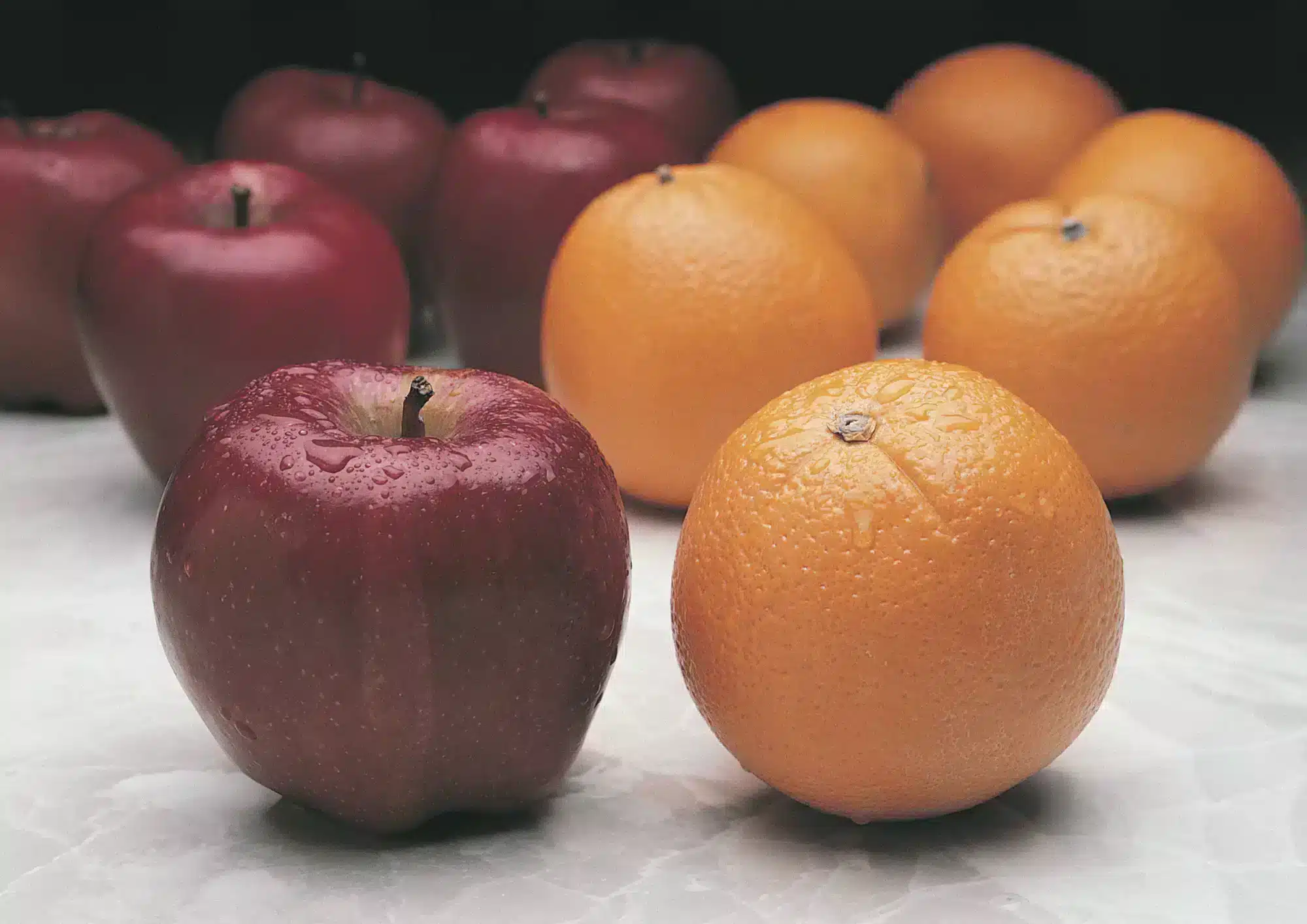Juvederm is one of the most widely used brands of injectable dermal fillers used to smoothen facial wrinkles, shape facial contours, add volume to the lips, fill facial scars, and lessen signs of aging.The Juvederm line of products target specific areas of concern on the face, focusing on delicate areas such as the cheeks, lips, and around the mouth. Each Juvederm product varies in formulation and quantity; therefore, the exact cost of Juvederm treatments depends on which specific Juvederm product(s) will be used.
Juvederm treatments are non-surgical, minimally invasive procedures that are not covered by medical insurance. Knowing what to expect is key to gauging and preparing for the costs of a Juvederm treatment.
What is Juvederm?
Approved by the FDA in 2006, Juvederm is a brand of HA based-injectable fillers inserted deep into the skin to correct moderate to severe facial lines, wrinkles, and folds. HA stands for Hyaluronic Acid, which is a substance that naturally occurs in our body which acts as a cushioning agent to add volume to the skin.
Juvederm supplements the body’s natural hyaluronic acid that lessens over time because of aging. Hyaluronic acid also increases the production of collagen, the protein responsible for the suppleness and plumpness of cells. The boost of hyaluronic acid is responsible for the naturally looking vibrant glow of the skin.
Juvederm stands out among other injectable fillers because of its smooth consistency gel that spreads more evenly and thoroughly beneath the skin. Each product in the Juvederm line features different consistencies of hyaluronic acid to address different target areas.
How much does Juvederm cost?
The American Society for Aesthetic Plastic Surgery estimates the average cost per syringe of injectable fillers (including Juvederm) to be at $620. However, many factors affect the price of Juvederm treatments.
It varies from every healthcare provider because of different service standards. It is extremely important to choose a healthcare clinic with a board-certified doctor and registered staff licensed to perform the Juvederm treatment.
Another defining factor of the Juvederm cost is the manufacturer acquisition price. Juvederm is manufactured by Allergan, and the base price of the treatment is based on the price of the product itself. Medica Depot offers the Juvederm line of injectables for the most reasonable prices.
The number of syringes to fill the target areas and the number of repeat treatments must also be considered.
Each Juvederm product is priced differently, as they feature distinct formulations and consistency. The main types of Juvederm are the following:
• Juvederm XC is Juvederm’s standard formulation used to treat mild to severe facial lines, wrinkles, and hollowing that appears around the nose and mouth along the parenthesis lines. XC stands for the addition of 0.3% Lidocaine. Lidocaine is a local anesthetic to reduce pain and discomfort immediately upon injection. Every Juvederm injectable is available in an ‘XC’ version.
Juvederm XC is estimated to cost around $800 per treatment.
1. Juvederm Volbella is used specifically for lip augmentation. It is used to add natural-looking volume to the lips, and to smoothen the appearance of vertical lip lines. This treatment costs around $300 – $450, depending on how much product it takes to achieve the patient’s desired outcome.
2. Juvederm Voluma is prescribed to address age-related volume loss in the cheeks or midface area. It is inserted deep into the dermal layer to lift the cheeks and sculpt facial contours and eliminate signs of aging effectively. It causes the appearance of a subtle, natural-looking, surgery-free facelift that results in youthful, radiant skin. Juvederm Voluma provides an in-depth solution to a persistent, progressive issue due to the natural course of aging, which may cost around $1000 per treatment.
3. Juvederm Vollure is inserted into the facial tissues where moderate to severe facial lines, wrinkles, and folds occurs on the areas around the nose and mouth, called parenthesis lines. This treatment can last up to 18 months with optimal treatment. The average cost of Juvederm Vollure is around $750 per treatment.
4. Juvederm Ultra is used for perioral rejuvenation and lip enhancement. It offers a fuller, more defined volume and plumpness for those who want voluptuous lips. Juvederm Ultra lasts for up to 1 year on the lips and costs around $450 to $600.
5. Juvederm Ultra Plus is Juvederm’s densest, most concentrated formula built with a thick but smooth consistency that is specifically for targeting greater volume loss in the deeper sections of the face. It can be used to treat deeper, more severe wrinkles in the nasolabial folds, worry lines, marionette lines, and smile lines. Juvederm Ultra Plus costs around $600.
Conclusion
Juvederm is one of the most trusted brands in skin rejuvenation because of the versatility of its product line. The consistencies vary according to what would give the most natural-looking and youthful appearance. Depending on the treatment necessary to achieve optimum results, the prices of Juvederm treatments are based upon which products will achieve the most desired outcomes.









